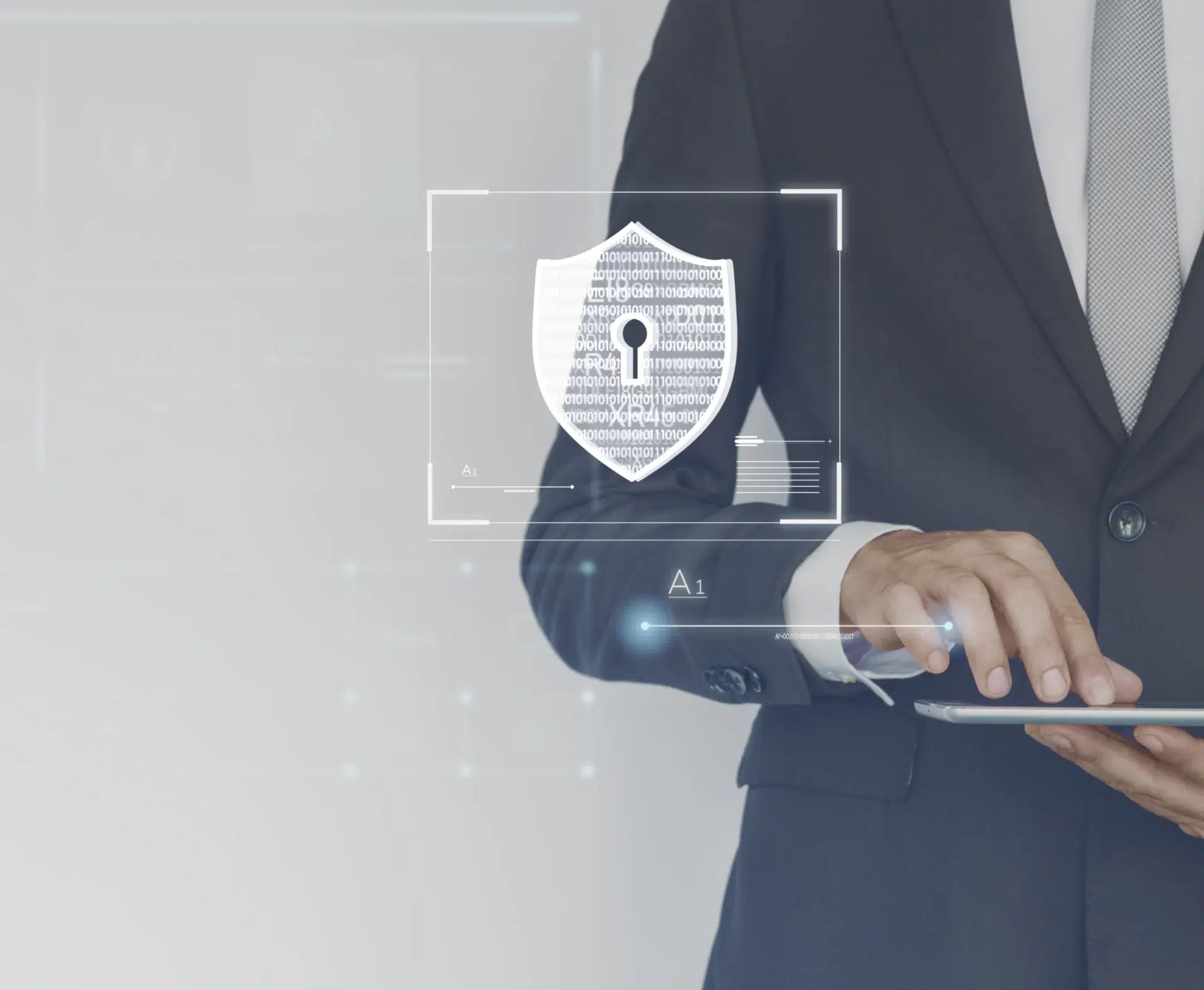How to Ensure Security in Your Admin Panel Systems
1. Importance of Securing Your Admin Panel System
1.1 Understanding the Risks of Inadequate Security
Admin panels are like the gatekeepers of your digital kingdom. Without proper security measures, they’re like leaving the keys to your castle under the doormat – an open invitation for troublemakers to waltz in uninvited.
1.2 Impact of Data Breaches on Your Business
Exactly! A data breach isn’t just a tech issue – it’s a full-blown business crisis. One compromised password, one tiny oversight, and boom – you’re dealing with lawsuits, angry customers, and a PR nightmare that even your best spin can’t fix. Protecting sensitive data with strong IT services and network security measures is key to preventing such disasters. Always stay proactive with cybersecurity to safeguard your organization from this kind of threat.

2. Implementing Strong Authentication Measures

2.1 Multi-Factor Authentication for Enhanced Protection
Multi-factor authentication is like adding extra locks to your digital vault. It’s that extra layer of security that makes it harder for cyber crooks to crack the code and access your sensitive data.
2.2 Password Policies and Guidelines
Forget about “123456” or “password” – those are so last season! Strong password policies are like a fashion makeover for your login credentials. By mixing in uppercase letters, special characters, and numbers, you create a password that even Sherlock Holmes would have a hard time cracking. A well-crafted password not only adds an extra layer of security but also helps protect sensitive data from cyber threats. So, ditch the weak passwords and give your login credentials a much-needed upgrade – because when it comes to cybersecurity, a little extra effort goes a long way in safeguarding your IT services, software development, and managed IT services.
3. Role-Based Access Control for Enhanced Security
3.1 Defining User Roles and Permissions
Not everyone in your kingdom needs to be a king or queen. Define user roles and permissions based on the principle of “you get what you need, no more, no less.” It’s like giving each staff member the right key to the right door. This keeps sensitive data protected and ensures users only access what’s necessary, reducing security risks and maintaining order.
3.2 Implementing Least Privilege Principle
Keep it on a need-to-know basis. Implement the least privilege principle so that each user only has access to what they absolutely need. It’s like letting your guests use the guest bathroom but keeping the royal throne room off-limits unless they’re wearing a crown.

4. Regular Security Audits and Monitoring
4.1 Conducting Routine Security Assessments
Just like how you’d make sure your drawbridge is sturdy and your moat is monster-free, conduct routine security assessments to keep your admin panel system ship-shape. It’s like a health check-up for your digital fortress.
4.2 Utilizing Security Monitoring Tools
When developing your admin panel system, secure coding practices are essential to protect your data from cyber threats. Focus on input validation and sanitization techniques to ensure that user inputs are properly checked and cleaned, preventing malicious code from being executed. Additionally, avoid common security vulnerabilities like SQL injection and cross-site scripting (XSS), which can compromise the integrity of your system and expose sensitive information.
5. Encryption and Data Protection Strategies
5.1 Utilizing SSL/TLS for Secure Data Transmission
Secure Sockets Layer (SSL) and Transport Layer Security (TLS) are essential for securing data transmission in your admin panel. These protocols encrypt data as it travels between servers and browsers, ensuring that sensitive information remains confidential and protected from tampering. By implementing SSL/TLS, you can safeguard your system against potential eavesdropping and man-in-the-middle attacks, providing a secure environment for both users and administrators.
5.2 Data Encryption at Rest
Even the best tool is useless in the wrong hands – kind of like giving a rocket launcher to a toddler. Properly train your role administrators to understand the ins and outs of RBAC so they can effectively manage and assign permissions without creating chaos.
6. Auditing and Monitoring RBAC Implementations
6.1 Importance of Auditing in RBAC
Auditing is like the security guard for your RBAC system, keeping an eye on who’s coming and going. Regular audits help you spot any shady activity, identify potential vulnerabilities, and ensure your access controls are on point. By tracking user actions and access logs, you can quickly pinpoint who accessed what, when, and why, making it easier to detect anomalies and enforce data security. Continuous auditing ensures your IT services and systems stay secure, helps mitigate risks, and maintains compliance with industry standards.
6.2 Password Hashing and Salting
Think of hashing and salting as locking up the secret keys to your admin panel in a vault that only you can access. By hashing and salting passwords, you add an extra layer of protection, ensuring that even if a hacker manages to break into your database, they won’t be able to read the passwords easily. It’s like keeping your most valuable secrets in a high-tech safe that only you have the combination for!
7. Best Practices for Secure Login Processes
7.1 CAPTCHA and Bot Protection
CAPTCHA is like asking users to solve a riddle before letting them in – it weeds out bots and automated attacks. By incorporating CAPTCHA and other bot protection measures, you can prevent malicious actors from brute-forcing their way into your admin panel system.
7.2 Strategies for Resolving Access Issues
Exactly! Think of hashing and salting as locking up the secret keys to your admin panel in a vault that only you can access. By hashing and salting passwords, you add an extra layer of protection, ensuring that even if a hacker manages to break into your database, they won’t be able to read the passwords easily. It’s like keeping your most valuable secrets in a high-tech safe that only you have the combination for! With these techniques, you’re ensuring that even if attackers get access to your data, your users’ credentials remain protected, making your system far less vulnerable to breaches.
8. Incident Response Planning for Admin Panel Security
8.1 Creating an Incident Response Team
Every superhero needs a sidekick, and every admin panel system needs an incident response team. Designate key personnel who will be on the front lines in the event of a security incident. From IT experts to communication specialists, assemble your dream team to tackle any threat head-on.
8.2 Developing a Response Plan and Communication Strategy
A well-prepared response plan acts as a lifeline in the event of a security breach. By having a clear action plan for identifying, containing, and resolving the breach, along with a communication strategy for stakeholders, you can minimize damage and restore trust more effectively. As technology and cyber threats evolve, staying proactive and continuously strengthening your cybersecurity measures is key to keeping your admin panel and IT services safe. In the ever-changing digital landscape, securing your admin system is not just about protecting data; it’s about maintaining your organization’s reputation and the trust of your users. A robust response plan ensures you can bounce back quickly from incidents, protect sensitive information, and maintain operational continuity, reinforcing your commitment to security, data security, and cybersecurity best practices.



